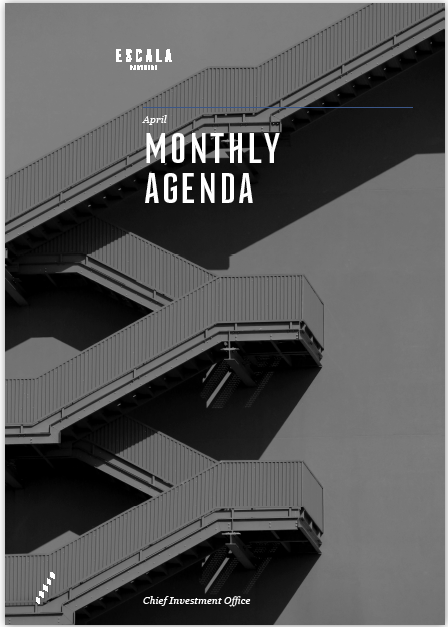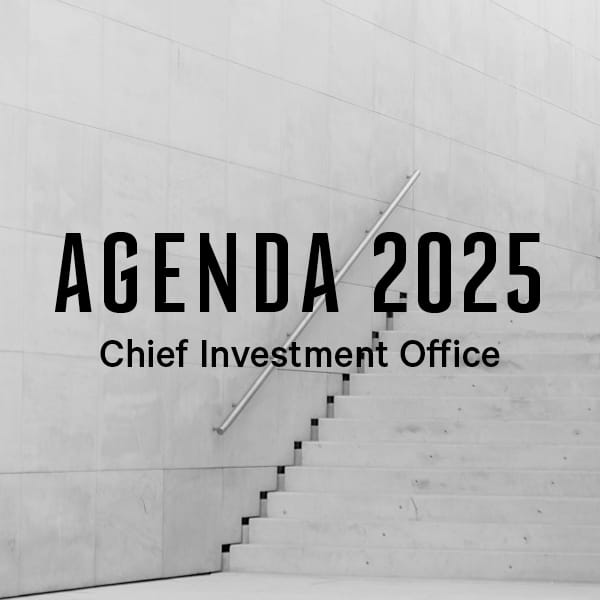-
Overview
The Australian inflation data exceeded expectations in March coming in at 5.1% versus 4.6% expected for the March quarter. That leaves inflation at the highest level since June 2001 and opened up the possibility of the RBA raising rates by 15bps in May. This would be the first rate rise in over 10 years and would come crucially just before the May 21 Federal Election.
The Australian bond market now has 10 rate rises priced in by the Reserve Bank for 2022 taking the official cash rate to 2.5%.
Chart 1: Number of RBA rate hikes priced by the bond market

Source: Bloomberg
US housing is facing mounting headwinds from higher rates. The housing market in the US is beginning to look as overvalued as it was in 2005, prior to the housing crisis. The dynamics are different this time – this is a supply-led rise in prices rather than a credit-driven demand one – but once again rising rates are having a deadening impact.
The 30-year mortgage rate has risen to 5.4%. Rises in mortgage rates typically precede falls in building permits, an excellent leading indicator for the housing market overall. Annual growth in building permits has already collapsed from 35% a year ago to only 3% at the end of last year. The malaise in residential fixed investment is soon set to drag non-residential investment lower too. Both sectors together account for almost 20% of GDP.
Chart 2: Mortgage rates rising in the US

Source: Bloomberg
When lockdowns and Covid Zero crimp output from Beijing to Shanghai, China – being the factory to the world – imports weakness in its economy and starts to export inflation to the global markets. Already, anecdotal reports of how supplies due from the mainland to far-flung destinations have been stalled without any firm arrival date abound, and the latest scare will only make those bottlenecks worse.
For China this is showing up in weaker economic growth and lower bond yields.
Chart 3: Chinese 10-year bond yields (%)

Source: Bloomberg







